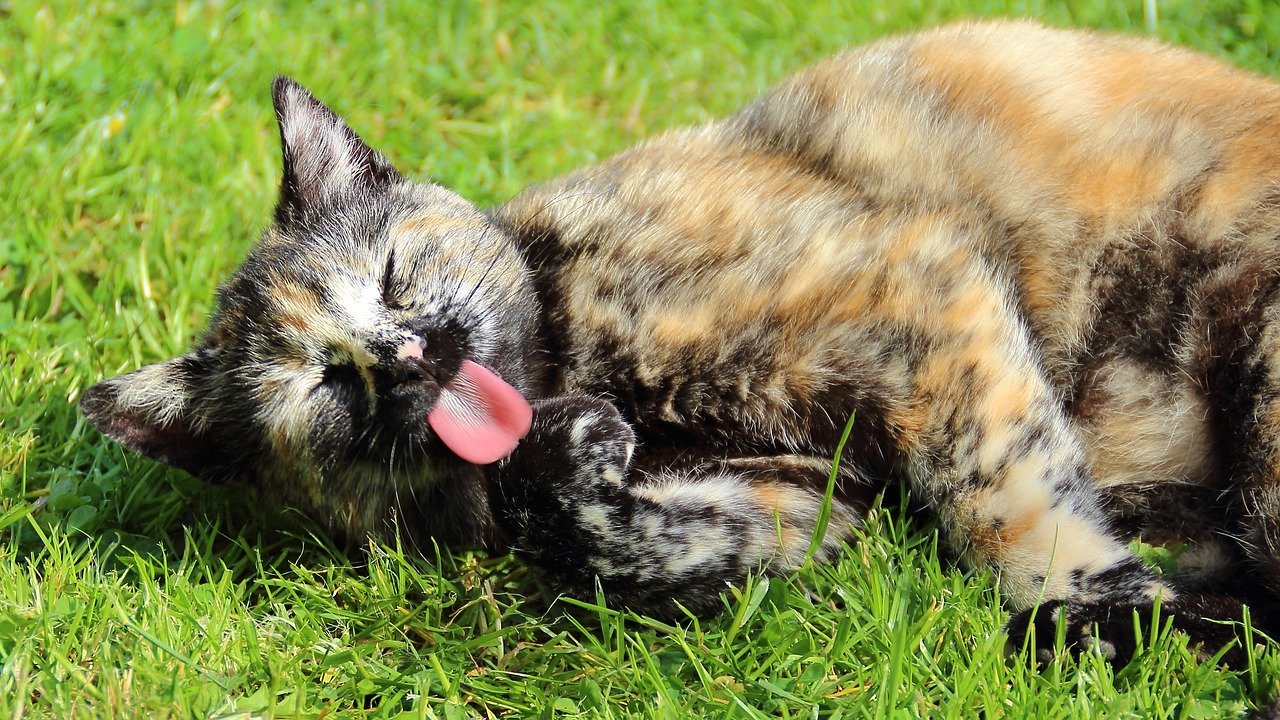
Getting a new pet can be an exciting experience. It can also be a therapeutic one, especially for elderly family members who can benefit tremendously from the companionship. Whether you're considering a lively puppy, a calm cat, or a pair of chirping birds, it's crucial to understand how to introduce a new pet to an elderly person. Here are some best practices that can help.
Understand the Benefits
Before you even begin considering which pet to bring into the home, it's important to understand the benefits of pets for elderly individuals. Pets can provide companionship, reduce stress, and even help improve physical health by encouraging exercise and play. It's also been found that taking care of a pet can provide a sense of purpose, which is incredibly beneficial for seniors' mental health.
Choosing the Right Pet
When it comes to choosing the right pet for seniors, there are several factors to consider. Breed, size, and temperament are all crucial aspects. Here's a quick guide:
- Dogs: Small to medium low-energy breeds are typically best. Some good choices include Shih Tzus, Poodles, and Bichon Frises. These breeds are known for their friendly nature and relatively low maintenance requirements.
- Cats: Calm breeds like British Shorthairs, Birmans, or Ragdolls can be excellent choices. Cats are typically less demanding than dogs, which could be ideal for some seniors.
- Birds: Budgies and Canaries are popular choices due to their small size and pleasant song. They also require less interaction than dogs or cats.
Remember, making a new pet adoption for seniors isn't just about picking the first cute pet you see. It's about finding a pet whose needs align with the capabilities of the senior.
Prepare for the Introduction
Before bringing the pet home, take some steps to prepare your elderly family member. Explain what to expect during the pet's adjustment period. Make sure they understand that the pet may be anxious at first, and it could take time before they settle in.
Safety Measures
Regardless of the type of pet you choose, there are certain safety measures for elderly pet owners that should always be followed. For instance, ensuring the pet is trained not to jump on people, especially the elderly, is crucial. Additionally, items like toys or pet beds should not be left in areas where they could pose a trip hazard.
Dealing with Pet Behavior
It's not uncommon for pets to exhibit challenging behaviors when introduced to a new environment. Elderly pet care tips often include advice on how to deal with these issues. One common problem is excessive noise, especially from dogs and birds. Use positive reinforcement training methods to encourage quiet behavior and discourage noise-making.
Bonding Time
Last but not least, encouraging bonding between seniors and pets is crucial. Bonding can be encouraged through shared activities like feeding, grooming, or playtime. Just remember that both the pet and the elderly family member will need time to adjust to each other.
Introducing a new pet to elderly family members can be an enriching experience for all involved. With these best practices, you can ensure the process is smooth, safe, and enjoyable.











